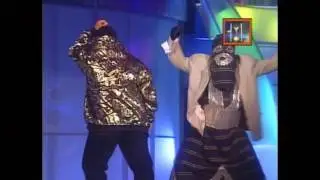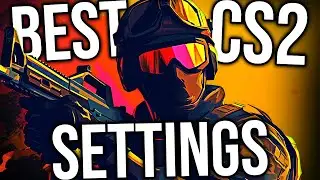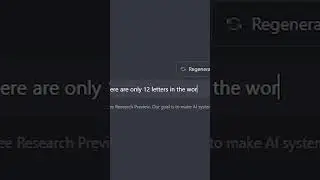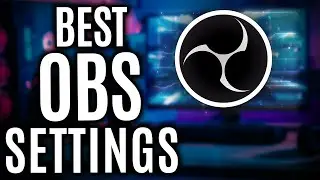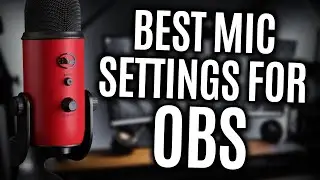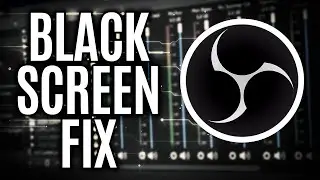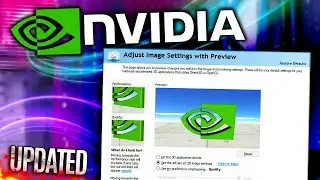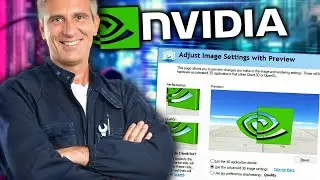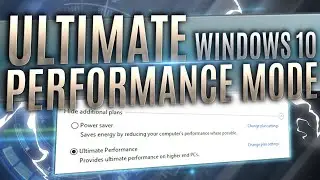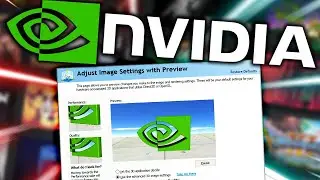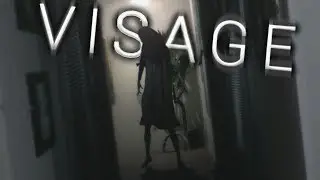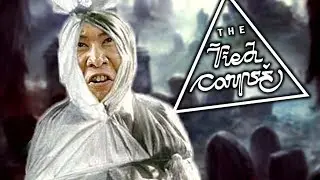OBS Bitrate Comparison 720p vs 864p Streaming | Best OBS Output Resolution Settings for Twitch
OBS Bitrate Comparison 720p vs 864p Streaming | Best OBS Output Resolution Settings for Twitch benchmark tutorial guide covers the best resolution and bitrate to stream at (720p vs 1080p vs 864p streaming side by side at 6000 vs 5000 bitrate comparison) base canvas and output resolution along with the best optimization tips and tricks for achieving the best OBS streaming settings for quality and performance in OBS Studio on Windows 11/10 PC & Laptops. Multiple stream output resolutions are compared (1080p / 936p / 864p and 720p 60fps) to give you the best OBS Twitch settings for smooth, crisp, stable and high quality CS2, Valorant, Fortnite, Warzone, DOTA 2, Tf2, PUBG, Apex Legends, Overwatch 2, RDR2, FiveM, Rainbow Six Siege and Call of Duty (COD) streams on a variety of hardware encoders, such as NVIDIA NVENC, AMD Advanced Media Framework (AMF), Intel Quick Sync Video (QSV) and Apple VideoToolbox (VT). This tutorial was made for Twitch partners and affiliates in mind. If you've experienced frames missed due to rendering lag or skipped frames due to encoding lag, the information in this #shorts video will help you troubleshoot and eliminate lag, frame drops and stuttering whether you're on a low, mid or high end PC setup for a smoother experience.
Twitch: / shogoz
My Discord: / discord
OBS (Open Broadcaster Software) is a powerful tool for streaming, and understanding its resolution settings is essential for optimal performance. To adjust the output resolution in OBS, you can modify the OBS output resolution settings to suit your needs. If you're looking to improve your stream quality, knowing how to change OBS output resolution for streaming is crucial, as it impacts the clarity and smoothness of your broadcast. One method to enhance quality is by adjusting the output scaled resolution OBS setting. To make OBS resolution better, you should experiment with different settings to find the best OBS resolution for your stream. If you're unsure how to change OBS resolution, there are several guides, including an OBS Studio tutorial, that explain how to tweak these parameters. To avoid issues, you may need to fix OBS resolution by ensuring your resolution and scaling settings match your stream's requirements. For those learning how to use OBS Studio to live stream, getting familiar with the OBS Studio resolution settings is key. Additionally, adjusting the best settings for OBS Studio streaming will ensure the best stream quality, especially for platforms like Twitch. Whether you're optimizing your best settings for OBS or adjusting to the best stream settings OBS, fine-tuning your output resolution is a critical step in enhancing your streaming experience.
Twitch's Encoding Guide:
Encoding Performance
Encoding can be taxing on your system. x264 will utilize a lot of your CPU, resulting in lower FPS. Alternatively, GPU encoding (e.g. NVIDIA NVENC) utilizes a dedicated encoder in the GPU, allowing you to play and stream without impacting game performance.
Encoding Quality
NVIDIA NVENC hardware encoder offers consistent quality based on the generation of the encoder. The updated NVIDIA Encoder (NVENC) on Turing-based NVIDIA GeForce GPUs (RTX 20-Series and GTX 1660/Ti) will typically produce superior quality than x264 Fast and on par with x264 medium. While the older generation (Pascal, Kepler) are similar with veryfast/faster quality.
Nvidia's overview of the output settings:
Encoder: software vs hardware encoding options
Rate Control: This determines the rate at which frames are going to be encoded
Bitrate: Depends on your internet connection speed
Keyframe Interval: Most streaming platforms require a setting of 2
Preset P1-P7: Select Quality
Profile: Set to High. Profile determines a group of settings in the H.264 Codec. It doesn’t impact performance and gives access to a set of features that are key to streaming, so this should always be set to High
Look-ahead: This allows the encoder to dynamically select the number of B-Frames, between 0 and the number of B-Frames you specify. B-frames increase image quality, but they consume a lot of your available bitrate, so they reduce quality on high motion content. Look-ahead enables the best of both worlds. This is CUDA accelerated; turn this off if your GPU utilization is high to ensure a smooth stream
Psycho Visual Tuning: This enables the Rate Distortion Optimization in the encoder, which greatly optimizes the way you use bitrate, improving image quality on movement
GPU: 0. If you have 2 GPUs, you can select which one is used to encode.
Max B-Frames: If you uncheck the Look-ahead option, use 2 B-Frames
#obs #obsstudio #twitch #youtube #tips #tipsandtricks #tutorial #guide #shogoz
